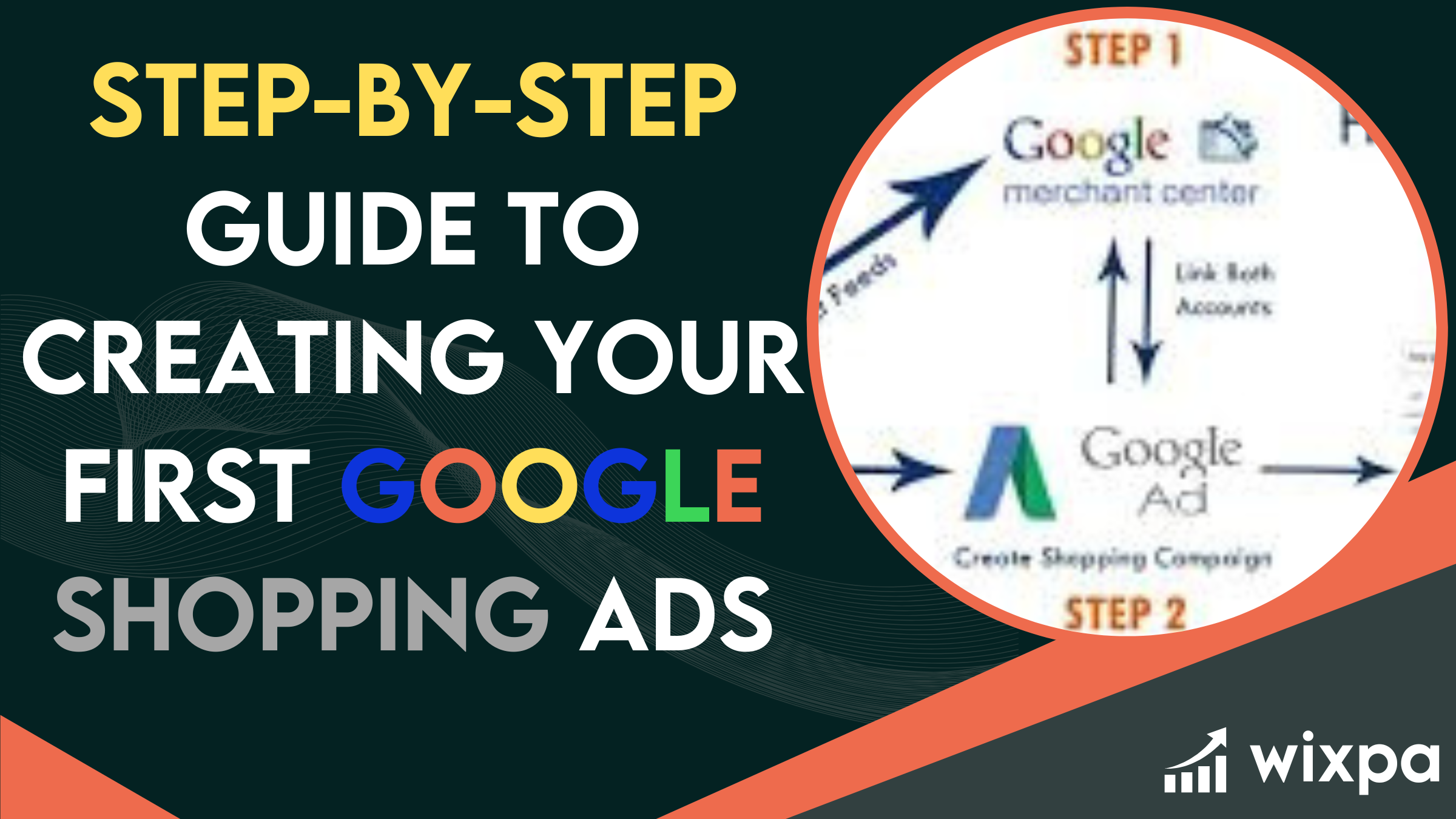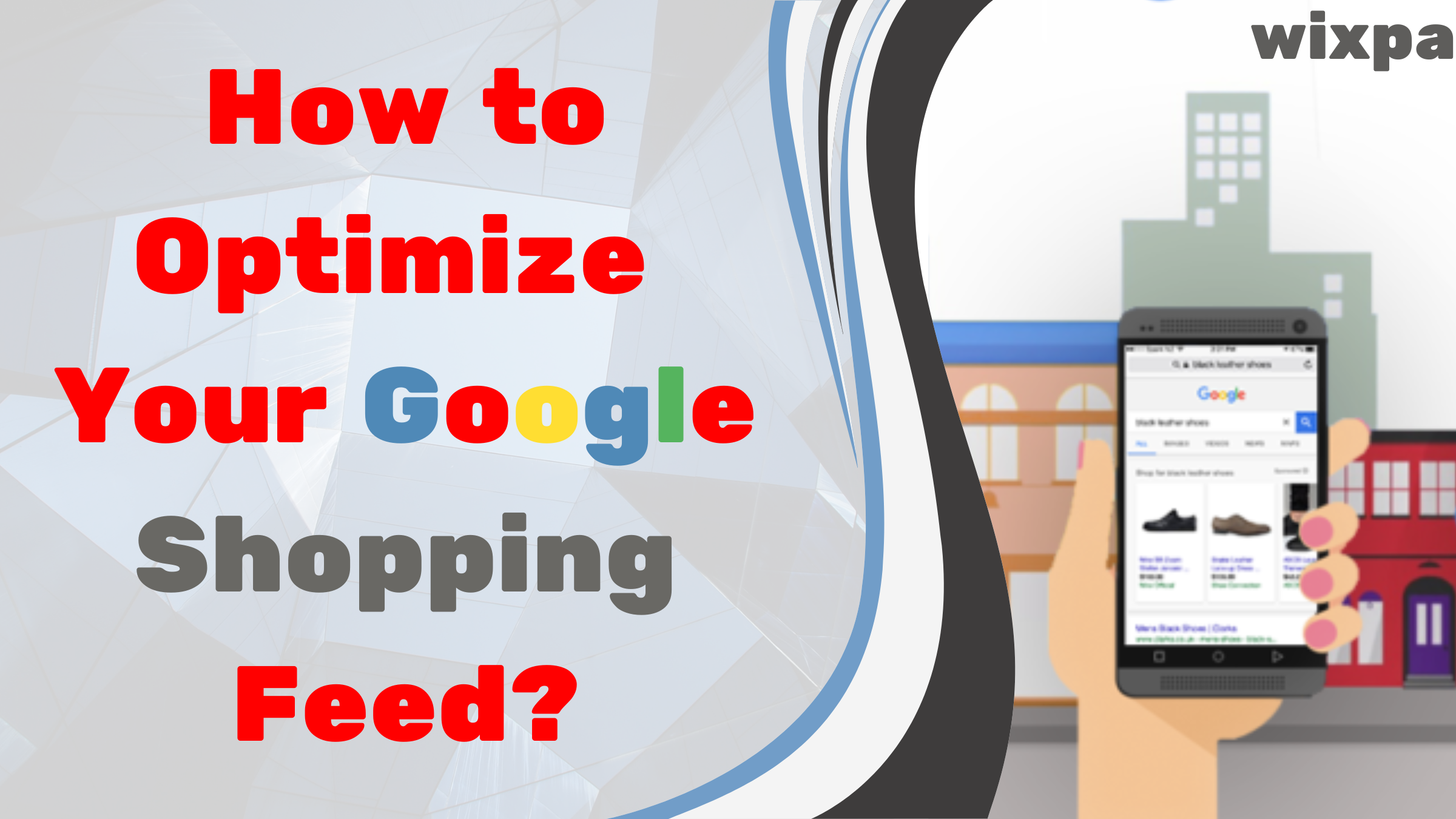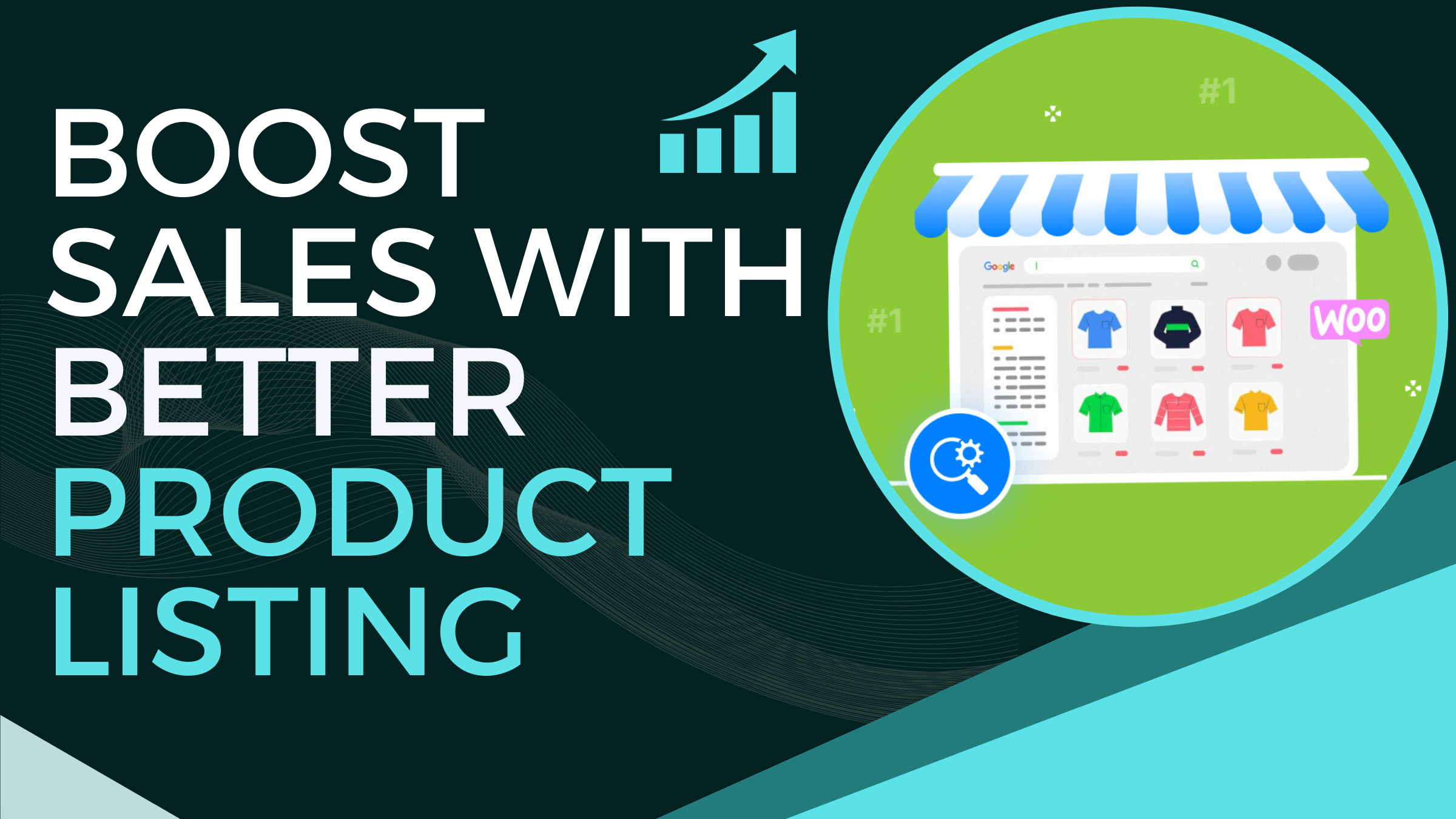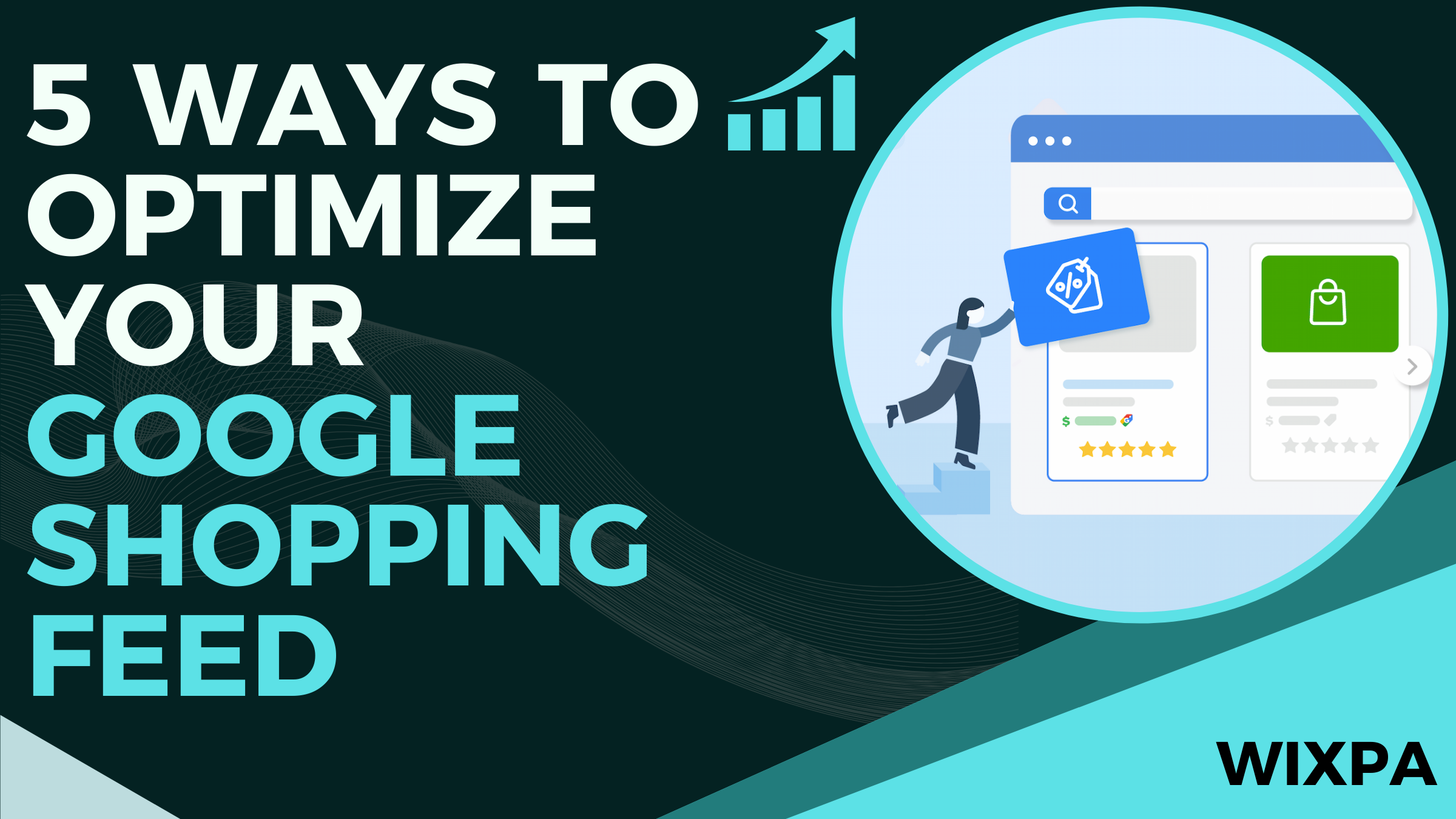Step-by-Step Guide to Creating Your First Google Shopping Ads
The creation of a first Google Shopping ad may be regarded as both a thrilling experience and at the same time a daunting one, especially for individuals who are new in the field of digital marketing. Google Shopping ads are one of the most effective ways to advertise products and generate sales on your online shop. In this tutorial, we’ll show you how to set up your first Google Shopping campaign step-by-step, highlighting the key aspects of your image feed, integrating the Google Shopping feeds app, and managing your net feed mapping in Google Shopping ads.
Step 1: Open a Google Merchant Centre Account
There’s a need to possess a Google merchant account in order to create Google shopping ads. This is the portal where product listings as well as their feeders will be managed.
Create Your Account: Go to the official page of Google Merchant Centre and create an account. Your business details and website URL will be mandatory.
Verify Your Website: Google requires you to verify your ownership of a linked domain to prove that you are a real person. You can perform this by including a meta tag of that site, uploading a specific format, or in the other way by including an HTML document in your website’s content or via Google Analyzer.
Set Shipping and Tax Rates: Ensure that you offer competent shipping rates and tax information. This is vital to prevent customers from seeing incorrect pricing when they click on your advertisements.
Step 2: Do some housekeeping on the Google Shopping Ads Feed you wish to use
Google Shopping ads feed, sometimes known as a sink, is a file that contains information about all your products in a structured manner. It is the backbone of your advertising efforts.
Create your Product Feed: You can create a product feed by hand with a spreadsheet or make things easier and use a Google Shopping Feed app. A feed app performs many of the monotonous tasks and makes product management efficient.
Essential Information: Don’t forget to add the general attributes such as product ID, title, description, price, and availability. The feed should be as complete and as correct as possible so that the performance of the ads will be enhanced in the future.
Improve Product Listing: Make sure to include the most important keywords in the title and description of your product and include high quality images that are attractive enough to encourage someone to click on them.
Step 3: Get a Google Shopping feed app
That is if you still don’t have one, because it makes everything easier.
Updating your product feed is a tiring task that no one wants to do. And it can get worse if you have a lot of products. That is where a Google Shopping feed app comes in handy.
Choose a Feed Application: Conduct research and select an appropriate feed app from Google Shopping that addresses your business needs. Look for such features that will assist you in automating the feeding processes and listing products.
Use a Feed App: Feed applications come in handy as they allow users to automatically alter product data and maintain the currency of the feed. This lowers error margins and increases efficiency.
Most of the feed apps have several apps that include analytics to determine how the products are faring. The users will be able to use this information to plan the advertising campaign.
Step 4. In the Account Interface:
Create the Google Shopping Campaign for Google Ads.
This part of the procedure is necessary after setting up the Merchant Center account and providing the program with the product feed, and the desired end goal is to create the Google Shopping Campaign for the organization’s goods/service offering.
Access Google Ads Account: Proceed to the Google Ads business website and proceed to log into the account. However, if you do not have an account, an account has to be created.
Manage Existing Campaigns: After selecting the “Campaigns” Tab, select “+ New Campaign” to begin managing new campaigns. Proceed, by selecting “Sales,” then Shopping for the Campaign type.
Link Your Merchant Center: When setting up for the first time, remember to link your Google Ads with your Google Merchant Center account. It enables your advertising to utilize the product details from the feed you created.
Set Your Budget and Bidding Strategy: Set aside a particular amount for daily expenditure and set a bid strategy. You can opt for manual bidding or automated options like Target ROAS to make the most of your expenditure.
Step 5: Monitor and Optimize Your Ads
Even when your campaign is live, you still have work to do. It is necessary to adjust the elements consistently to improve the efficiency of ads.
Track Performance Metrics: It is beneficial to keep an eye on some of the most important metrics on a routine basis, including click-through rate (CTR), conversion rate, and return on advertisement expenditure (ROAS). These indicators show how better the services are offered by your advertisement campaigns.
Make Adjustments as Needed: In case some products are not giving satisfactory sales, maybe it’s time to cut down the bids for such products, change their images or even alter the descriptions. Regular revisions will definitely improve the results over time.
Conduct A/B Testing: Test different variations of your product title and different images and see what works well in terms of their correlation. A/B testing has identified the various combinations that work well in fulfilling the objective of a strategy.
Conclusion
There really is power in advertising, especially your very first Google shopping ad. After doing this, your online sales can significantly increase. In order to truly succeed, be sure to perform basic but very important steps: link your Google merchant center account, create a detailed Google shopping ads feed, use a google shopping feed app, and regularly check your campaign. If you follow these steps, you’re guaranteed to be in a better position when it comes to advertising and making sales for your products or your e-commerce website. Good luck with everything.




